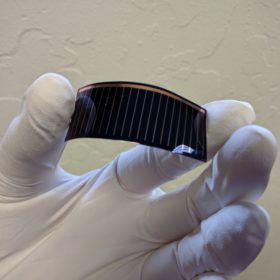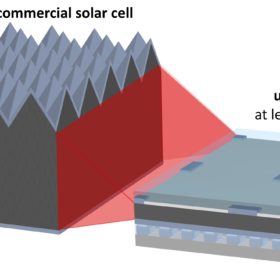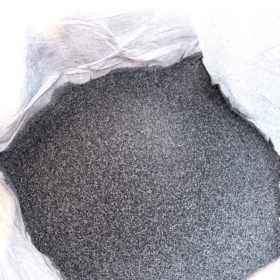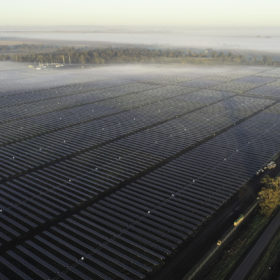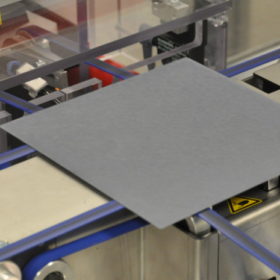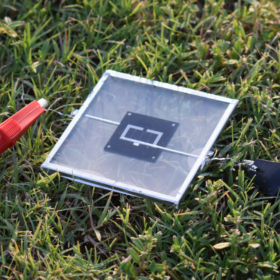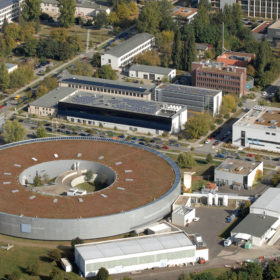India announces $3bn package to attract solar module and advanced battery manufacturers
An ambitious, $19.5 billion, five-year expansion of a previous domestic industry spending program includes money to attract investment into the sustainable energy and transport technologies.
Equipment auction sounds final note for Hanergy-owned Alta Devices
If you’re interested in some lightly used MOCVD and PVD thin-film solar cell production equipment, have we got a deal for you.
Hurdles ahead for viable ultra-thin solar cells
A new French study highlights the potential of ultra-thin PV cells, but the road to commercial production will be challenging. The researchers have proposed a series of novel cell architectures integrating photonic and electronic elements.
New method to recover silicon from end-of-life modules
Compared to other techniques based on chemical reactors and organic solvents, the proposed method is said to be able to maintain a “good mechanical yield” in the recovered solar cells. According to its creators, this technique allows the reuse of silicon from the recycled panels in the production of new solar cells.
Chinese PV Industry Brief: Risen enters polysilicon production, JYT Corporation wants to build 24 GW polysilicon factory
China PV module manufacturer Risen Energy has completed the acquisition of Dunan Solar’s polysilicon business and is now operating a 12,000 MT factory. Shanghai-listed PV equipment supplier JYT Corporation wants to build a 24 GW polysilicon manufacturing facility in Sichuan Province.
Gigawatt-scale tandem PV cell output by 2022?
Frank van Mierlo, the CEO of 1366 Technologies, is a betting man. And he’s betting your humble narrator that high-efficiency tandem solar cells are the near-term commercial future of solar.
How temperature affects tandem solar cell performance
New outdoor tests conducted at Saudi research center King Abdullah University of Science and Technology (KAUST) have shown that an increase in temperature affects the performance of a tandem perovskite/silicon solar cell not only because of voltage losses but also because of current mismatch between the two sub-cells.
Shedding light on amorphous silicon
Scientists in Europe took a very close look at the thin amorphous silicon layers used in heterojunction and tandem solar cells, building a full picture of the material’s structure at the nanoscale. Their findings could help scientists solve the long-standing mystery of light induced degradation.
Chinese PV Industry Brief: Module manufacturers call on government to ease PV glass limits
China’s largest PV manufacturers claim limits placed on solar glass production two years ago, to prevent over production, are now causing an industry bottleneck.
Terawatt scale by 2050
In a new paper published in the journal of Renewable and Sustainable Energy, renowned PV scientist Pierre Verlinden examines the solar industry’s trajectory towards the 70 TW of installed capacity that will be needed by 2050, as the best choice for meeting climate targets set out in the 2015 Paris agreement. Silver consumption and recycling, according to Verlinden, will be the biggest challenges in the years to come, as well as ensuring balanced growth and avoiding a major installation rush in the years close to 2050.

